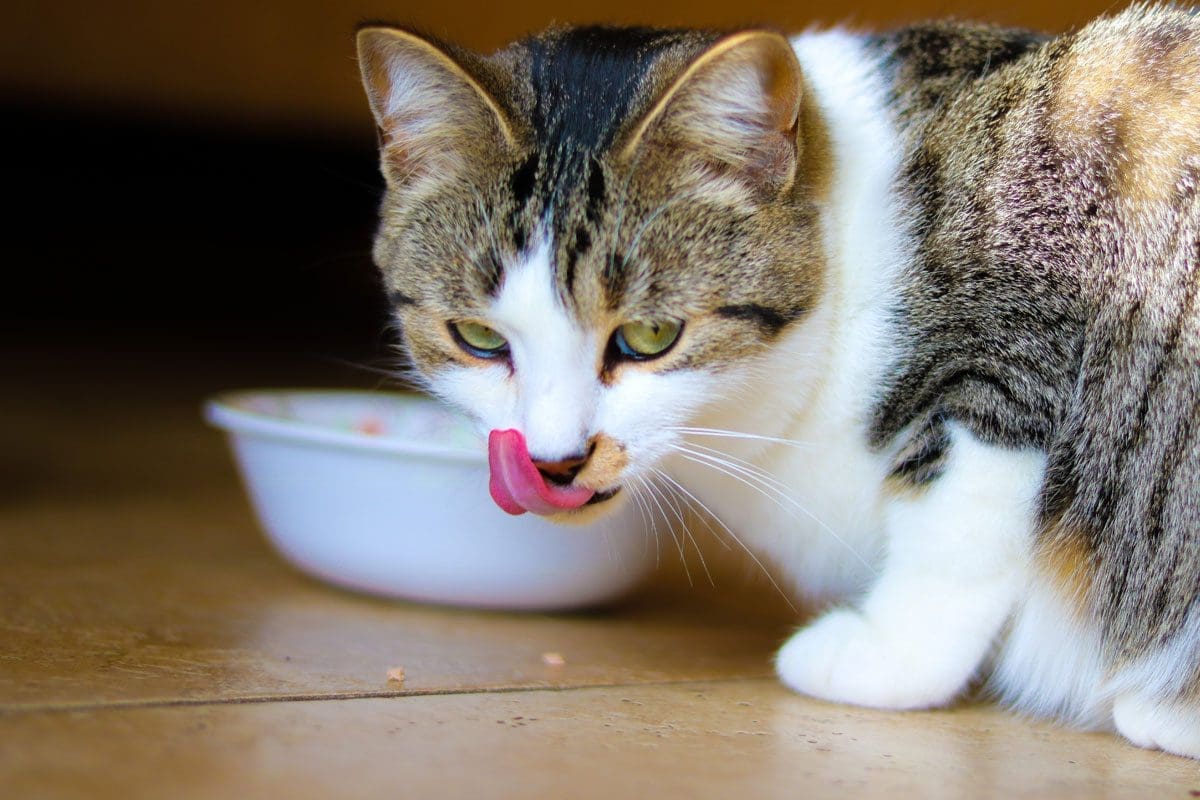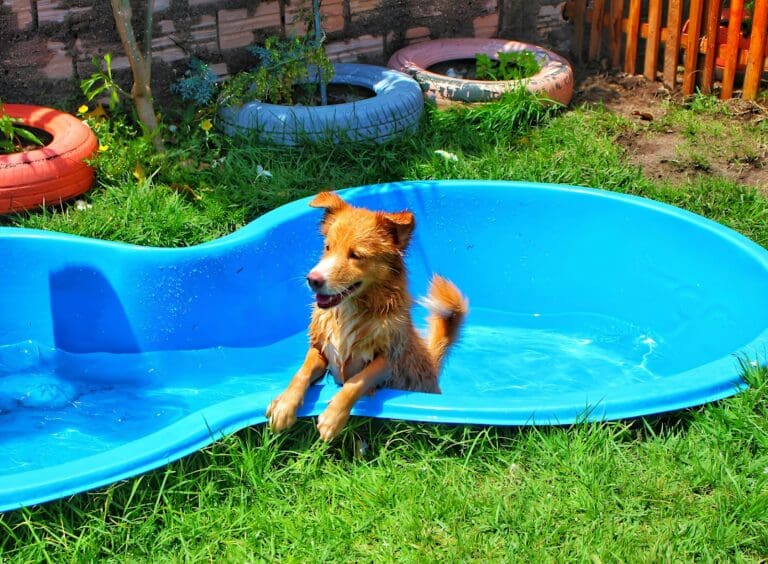Cats can have discerning palates, exhibiting behaviors that label them as “finicky eaters.” We’ll explore what causes picky eating habits and offer 10 tips to help you feed your fussy feline; Plus, what to do when all else fails.
Understanding Finicky Eaters
There can be various reasons why your cat has developed finicky eating habits. Cats have a heightened sense of smell, and sometimes they may refuse food due to the aroma not meeting their standards.
Changes in routine, stress, illness, dental issues, and even texture preferences can all contribute to finicky eating behaviors.
10 Tips For Feeding Finicky Cats
While some cats seem to devour anything in their bowl, others can be quite particular about their food choices. Understanding why some cats are finicky eaters and learning how to navigate this challenge is crucial for maintaining their health and well-being.
The following ten tips will give you plenty of options for persuading your fussy feline to eat. Start with these steps, but we’ll also offer advice on what to do if all else fails.
1. Nibblers and Slow Eaters
Although it may seem like your cat is a finicky eater, it could be that your cat is simply a slow eater and is not picky at all.
Many cats like to nibble at their food, coming back time and again. If your cat doesn’t eat the whole bowl right away, it doesn’t necessarily mean it doesn’t like the food.
2. Create a Quiet Feeding Environment and a Routine
Cats are often more comfortable eating in a quiet, stress-free environment. Place their food in a calm spot away from loud noises and disturbances.
Secondly, establish a routine by setting out meals at set times of the day. These little guys have amazing internal clocks, and if you change when you feed your cat, it can be disrupting and cause them to refuse their meal.
3. Provide Variety
Cats can get bored with the same food, so offering a variety of flavors and textures can pique their interest.
Try rotating between different protein sources and brands to keep things exciting for your cat.
4. Gradual Food Changes
Sudden changes in what you feed your cat can lead to meal refusal.
Therefore, if you’re transitioning your cat to a new food, do so gradually by mixing it with their old food to help them get used to it.
5. Offer Treats Sparingly
While treats can be enticing, don’t overdo it. Too many treats can fill your cat up and make them less interested in their regular meals.
Using treats and tidbits to get your cat to eat their meal can have the unwanted effect of teaching your cat that it gets a reward for refusing its food.
6. Avoid Overfeeding
One reason your cat may refuse some meals could be that you are feeding it portion sizes that are too large and it doesn’t feel hungry yet at the next mealtime.
Be cautious not to overfeed your cat, as this can lead to obesity. Follow portion guidelines and consult your veterinarian for the right feeding amount.
7. Serve Fresh Food
Cats are sensitive to the freshness of their food.
Ensure your cat’s meals are not spoiled or past their expiration dates to avoid turning them off from eating.
8. Try Wet Food
Some cats have a preference for certain flavors and they may not be picking up the scent from dry food. Wet cat food has a strong aroma and higher moisture content, which can be appealing to cats.
Wet cat food can also help prevent dehydration, especially in cats who don’t drink much water.
Read More: 10 Biggest Mistakes Cat Owners Make
9. Experiment With Temperature
Just as humans get stimulated by the appetizing bouquet of flavors and aromas coming off of food as it is cooking, felines can be aroused in the same way.
Some cats prefer their food warmed slightly to enhance the aroma. However, ensure it’s not too hot, as cats are sensitive to temperature.
10. Use Puzzle Feeders
If you thought puzzle feeders were only for dogs, think again. They encourage mental stimulation for cats, too, and prevent them from gobbling up their food too quickly.
Engage your cat’s hunting instincts by using puzzle feeders or slow-feed bowls.
What To Do If All Else Fails: Consult a Veterinarian
If you’ve tried the above tips and your cat remains a finicky eater, don’t despair. Remember that some cats naturally have more selective eating habits.
If your cat’s finicky eating persists or is accompanied by other concerning symptoms, consult a veterinarian to discuss your concerns and rule out any underlying health issues. They might recommend specialized diets or supplements to ensure your cat’s nutritional needs are met.
Read More: Common Foods That Are Toxic to Cats
Conclusion
Above all, patience is key. Keep trying different approaches and maintaining a routine to help your finicky eaters develop healthier habits over time.
By examining the potential underlying causes and testing out all of the aforementioned remedies as needed, you can work towards making mealtime a more enjoyable experience for both you and your cat.






